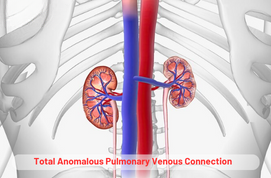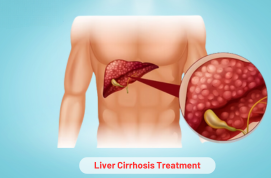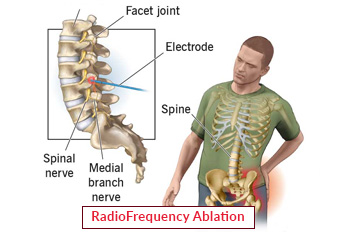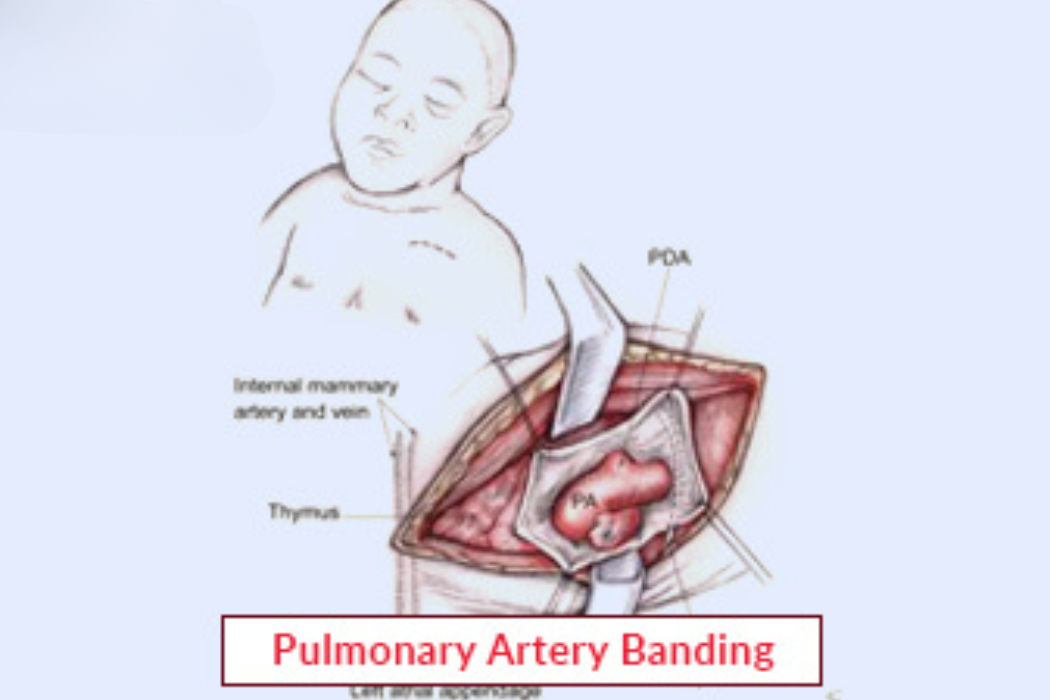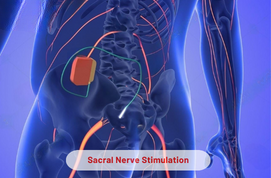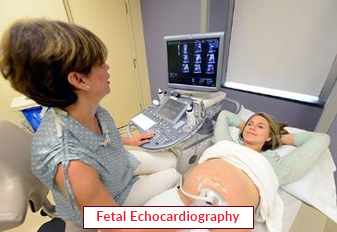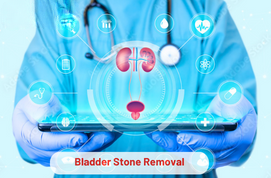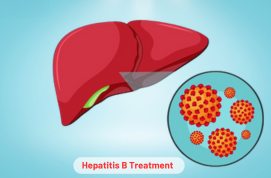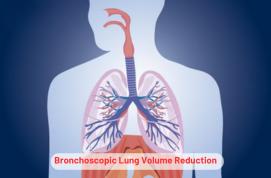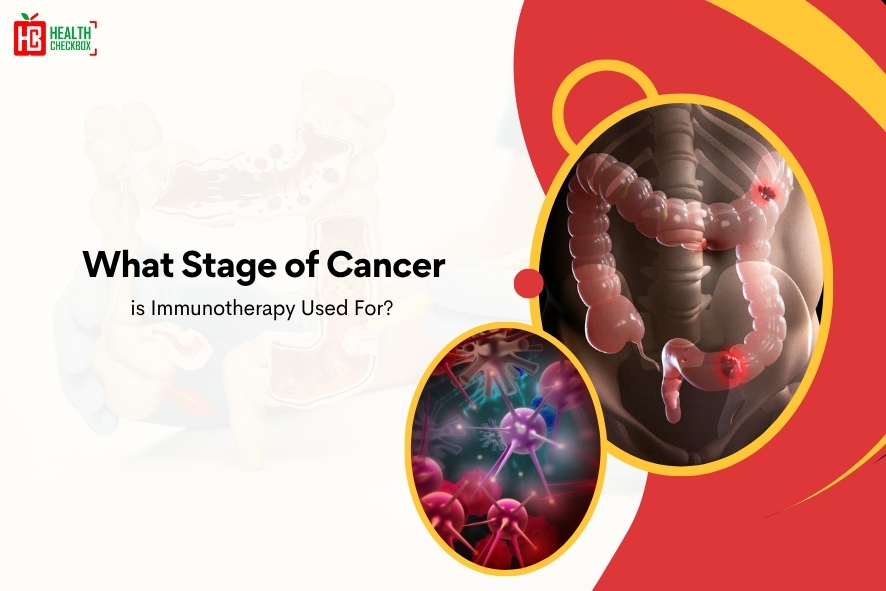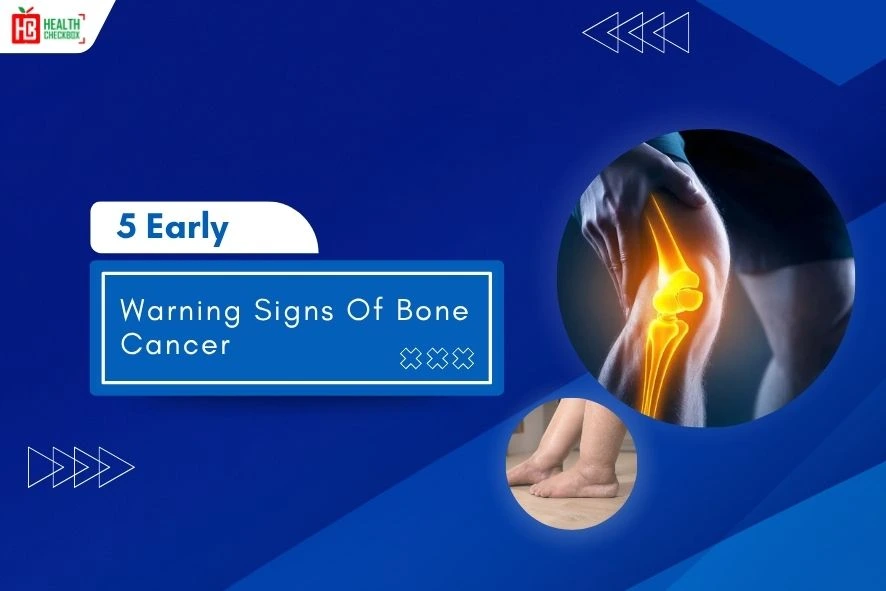It is a heart disease that affects the pulmonary veins of your child, that occurs since birth. Due to this reason it is known as congenital cardiovascular malformation. This condition arises when these veins get connected to the heart in an abnormal way. It is a defect in the veins that connect lungs to the heart. This leads to make connection with other veins and finally, blood gets drained into the right atrium. According to the research, it is found that it makes it difficult for infants to breathe and it turns their skin color into blue. This life-threatening disease affects newborns. Due to advanced medical technologies, it can be treated through total anomalous pulmonary venous connection treatment.
Types of TAPV
It is divided into four types and these are given below:
- Cardiac: PV drains directly into the right atrium.
- Infracardiac: Forms vertical veins and drain into hepatic, portal vein and below the diaphragm.
- Supracardiac: The PV veins anomalously connect to the left innominate vein.
- Mixed: It comprises the combination of these connections at different levels.
Symptoms of Total Anomalous Pulmonary Venous
There are some signs of TAPVC that may vary from person to person. These are mentioned below:
- Weak pulse
- Trouble breathing
- Retraction of the rib cage muscles
- Color of nails, skin and lips get changed
- Fast heartbeat
- Loss of appetite
Causes of TAPV
The reason for this heart disorder is not fully known, however, it occurs when the left atrium does not connect with the PV veins. There are some other reasons which may cause TAPVC:
- Smoking during pregnancy
- It depends on the food which is taken by a mother during pregnancy
- Any genetic changes in the genes
- If individuals get exposed to toxins like pesticides and paint remover.
Treatment of Total Anomalous Pulmonary Venous Connection
The pulmonary veins can be corrected in the following ways:
Diagnosis
This heart-related disorder can be diagnosed in the following ways:
- Echocardiography
- Electrocardiography
- Cardiac Catheterization
- Pulse Oximetry
- Chest Radiography
- Cardiac MRI
All these tests are run by a healthcare provider during pregnancy or before and after the birth.
Procedure of TAPVC
It is completed in the following steps, and these are mentioned below:
Before the Procedure
It is important to share the medical history of the child with the doctor. Your surgeon will run some tests, which are mentioned above, to get the best result of the treatment.
During the Procedure
It includes:
- The doctor will give anesthesia to your child to numb the area and he/she can feel sleepy during the process.
- Child’s vital signs are continuously monitored throughout the procedure.
- Now, the surgeon will make a small cut in the middle of the chest of your child. This cut will separate the breastbone.
- During the process, a heart-lung machine will be attached to your child because this will act as your lung and heart.
- In some cases, doctors will make connections between the vessel from the lung and the left atrium. Or the surgeon may close such vessels.
- The wall between the left and right atrium is rebuilt, so that blood from the lungs flows towards the left atrium. If there is a requirement for other repairs then it is done.
- After completing the procedure, the heart-lung machine is removed.
- Separated breastbone gets close together with wire.
- The cut made in the muscle and skin is closed and then a bandage is applied over it.
After the Procedure
Once it is completed, when your child will wake up then he or she may feel disoriented. The child is kept under observation and a doctor will monitor all vital signs. Your child has to stay in for a few weeks or until the doctor will allow to go home. After getting discharged, your child’s doctor will advise you to take pain-relieving medicines, follow-up routine checkups, exercise and a specific diet.
Risks of TAPVC Surgery
Apart from benefits, every treatment has some risks and these can vary from individual and individual:
- Infection
- Heart Block
- After-effects of anesthesia
- Abnormal heart rhythm
- Excessive bleeding
Our Other Services
Latest Health Tips
Can Immunotherapy Cure Stage 4 Lung Cancer?
Early Signs of Cervical Cancer
Foods that Kill Cancer: Leafy Vegetables, Grains, & More
What Stage of Cancer is Immunotherapy Used For?
Which is Worse for Cancer, Sugar or Alcohol?
Vaccines That Prevent Cancer
What Kills Cancer Cells in the Body Naturally?
5 Early Warning Signs of Bone Cancer
Submit Your Enquiry
Testimonials








